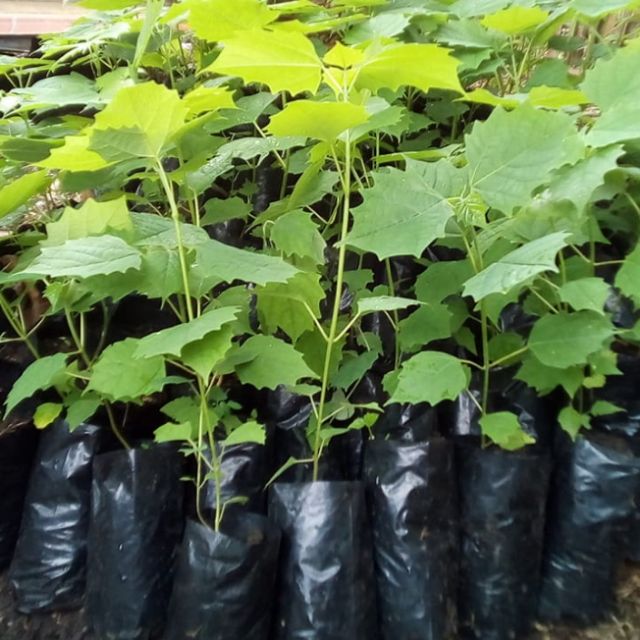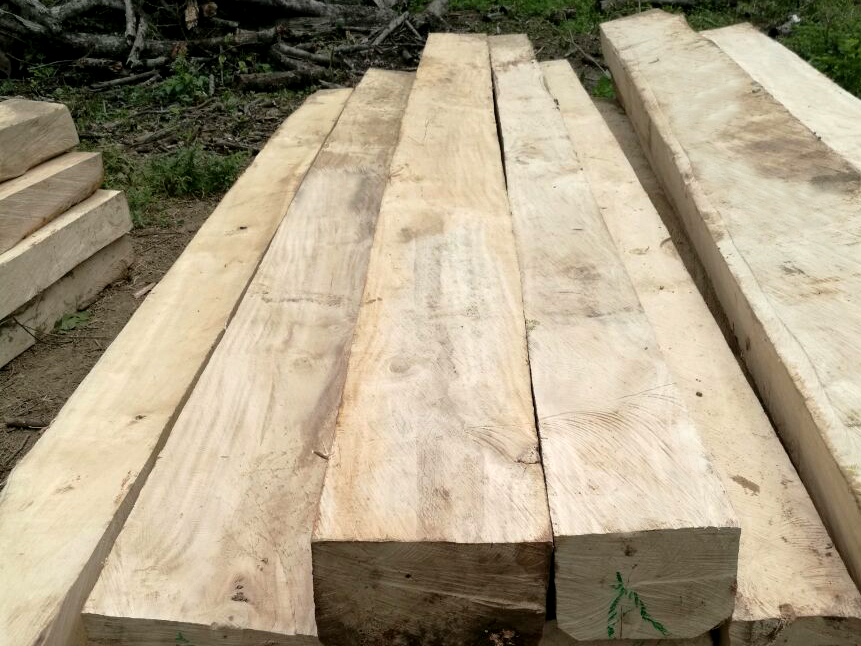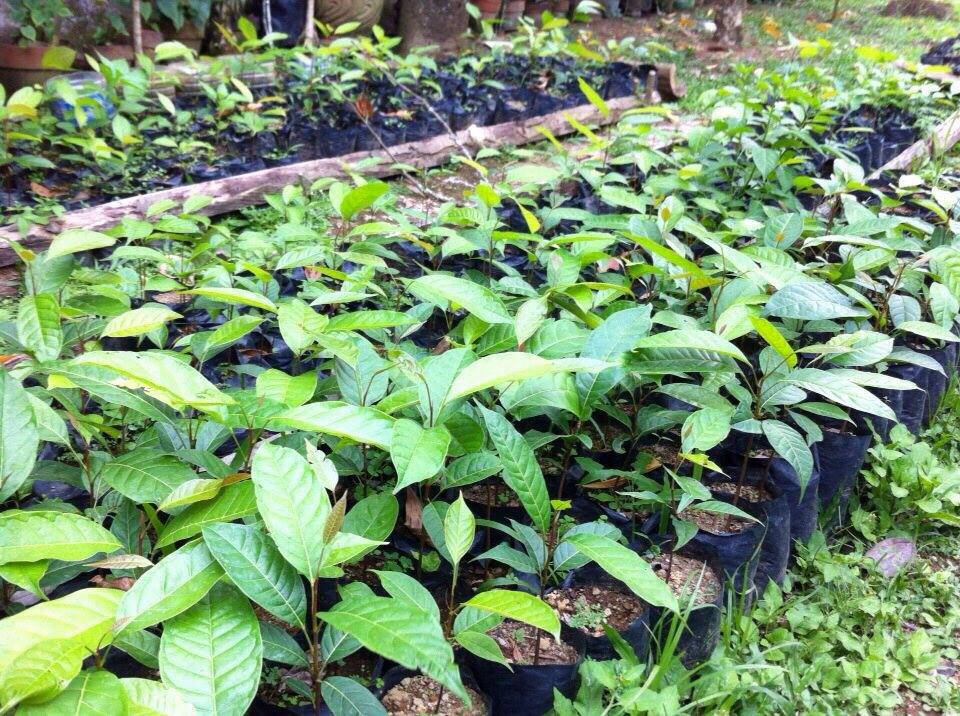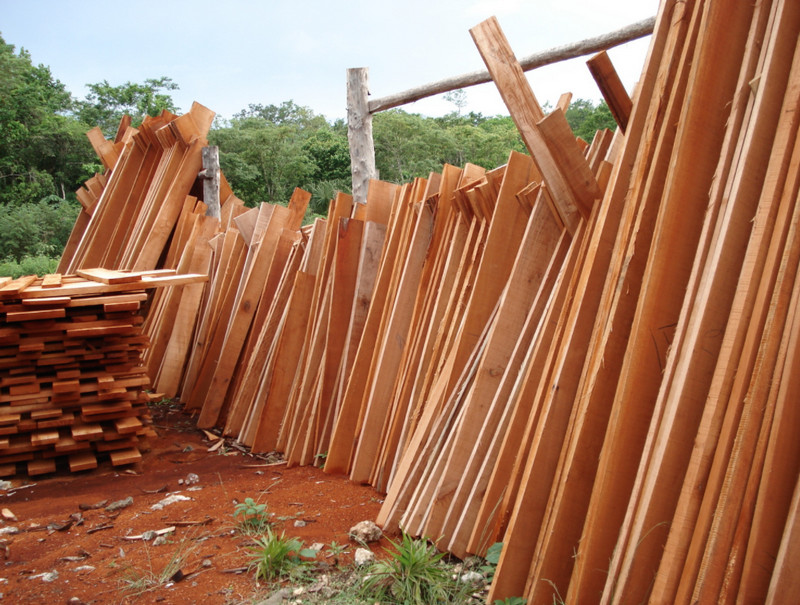Gmelina and Mahogany Farming. Many people are asking which of the two most common trees, gmelina (gmelina arborea) and mahogany (swietenia macrophylla), is better, and there is no direct and definite answer to this question. But before you decide on what to plant, either for commercial or personal use, it is essential to read this article if you have time, as this could give you the whole idea of which is which.
Planting both trees since I can remember more than 30 years ago, I think I have, at least, an authority to compare which is which in terms of several factors you can read below.

I am going to tell you a short story first before we go into specifics.
Silay City, Negros Occidental, 1984
I was eight years old. Our house was made of bamboo and cogon in a rural barangay in Silay City.
The new encargado (hacienda caretaker) from Bacolod City brought ten gmelina seedlings and gave them to my father. My late father planted all seedlings inside our hilly half-hectare land. My family was the very first person to have gmelina trees in the whole barangay. No one had any idea what the tree was all about until after five years when my mother decided to cut the four biggest trees and used them during the repair of our house. In 1989, we started living in a house made of lumber and a roof made of galvanized steel.
Tiyo Nani, the encargado who gave the seedlings, advised my father to clean the stump of the fallen tree because he said it would regrow. He also told my father how to make gmelina seedlings and to take care of the younger trees.
When my oldest sister got married in 1992, my parents gave her Gmelina lumber, which was enough to build a new house for her new family.
Around 1986, the landlord (hacienda) (former vice Gov. of Negros Occidental and father of now popular ABS-CBN Bacolod Anchorman) ordered to plant mahogany on one hectare of flat land at an around 1.5-meter distance from each other. After a year, he ordered to plant another hectare at the same distance. That was 35 years ago, and now the biggest you can get is 8 inches in diameter.
For 32 years, a handful of trees were cut from this mahogany plantation. The current owner, the popular anchorman, doesn’t want to sell the whole plantation to interested buyers, citing sentimental values. The biggest trees are around 8 x 8 inches across, while others are as small as bamboo.
Now let’s go back to the gmelina which my father first planted.
My mother passed away in 1994, while my father died in 2014 at the age of 86. I lost count of how often we (siblings) cut the same original trees. Maybe every six years or longer, I lost count. Since it was first planted in 1983, only four of the original 10 remain today (but of course, we have had new plantations since 1999). These four original gmelina trees have not been cut for more than 12 years because we (siblings) decided to make them a living remembrance of our parents. Sounds a little bit emotional but that’s part of the story.
After graduating from College in 1999, my older brother and I planted over 100 gmelina trees and around 15 mahogany trees. Since then, I worked here in Batangas, and our plantation was left to become a forest.
When I retired from my company and decided to go on self-employed last year, I returned to Negros. I decided to harvest the 20-year-old gmelina trees because I wanted to plant bananas, while the next generations of gmelina are growing up.

Here are the exact quantities and amounts I got from that small logging operation after I secured the necessary papers from the authorities.
Out of more than 100 trees planted, only 64 grew, and invasive vines destroyed the rest due to lack of maintenance.
Two trees measured almost 3 x 3 feet across, but the inside was damaged. This is a common problem for gmelina over ten years old.
Here is a short detail of the total money I got from those 64 gmelina trees. This is the net price offered by the buyer on the farm site.
- 11,652 – total number of board feet
- ₱139,824 – total cost at ₱12/bd.ft
- ₱19,950 – the cost of 133 sacks of charcoal at ₱150/sack
- ₱159,774 – total income from 64 gmelina trees
Okay, the above is just a story based on experience. Let’s compare gmelina to mahogany.
Germinating, Planting, Growing, and Maintenance
Mahogany is easier and faster to germinate than gmelina. In our case, we open the gmelina fruit and sun-dry its seeds for faster germination. Mahogany germinates between 7 and 10 days, while gmelina usually starts to germinate after two weeks.
Both trees can be transplanted when they reach 1 foot tall.
As for gmelina, it is best to remove the more considerable portion of older leaves when planting because its main trunk is not as strong as mahogany. It could bend during heavy rain as its leaves are heavy and wide.
If you want a good result, it is advisable to maintain cutting the leaves of gmelina within a year until the plant’s main truck is strong enough to hold them.

Gmelina and mahogany are ideal for planting on slopes and hilly terrain. Planting both species in flat lands produces poor results. Both trees need enough water.
During the first year after planting, mahogany is more resistant to tall grass and other shrubs and trees than gmelina. Both trees really need cleaning.
From the second to the fifth year, the growth of both trees will be very different. In most cases, the size of gmelina can be double that of mahogany. This is where gmelina has a big advantage.
In the sixth year, gmelina can be harvested at a size of 8 x 8 inches across, while most mahogany can have a maximum size of 3 x 3 inches across. Mahogany can be harvested after an average of 12 to 15 years, while gmelina can be harvested every five years without replanting.
Price of Lumber
Mahogany is always ₱3 to ₱5 more expensive than gmelina, but this cost difference is negligible when we consider the length of time it takes to grow both trees and the replanting process.

Uses and Durability
The uses differ from province to province.
In my hometown in Negros Occidental. Gmelina is the favorite of many in-house building applications because it is stronger and does not break apart. Gmelina is also not prone to pests, especially bokbok, while mahogany lumber is prone to almost every pest.
Here in Batangas, mahogany is preferred for furniture. I have never seen someone use gmelina as good lumber, maybe because Batanguños are not used to it.
If we talk about overall strength, mahogany is harder and more difficult to cut, but gmelina is harder to break. I would rather use gmelina as a scaffold than risk my life with mahogany.
Conclusion: Are Gmelina and Mahogany Farming the Right Business for You?
Depending on which part of the country you are located in, the choice is yours. I can say gmelina is better because I have enough experience with it and it is in high demand in Negros Occidental. I can also tell a lot of reasons why we did not use mahogany in our house despite we have enough trees that can be cut into lumber.
Oh, before I forget, those 15 mahogany trees we planted together with those 100 gmelinas still stand beside our ancestral house. The biggest is around 14 x 14 inches across, while the smallest is around 8 x 8 inches across. I have big plans for these trees for personal use, so I preserve them for later use.
Last Suggestion
Since many people are more interested in planting mahogany than gmelina, here is a short case study.
Assuming you have 1 hectare of idle land where you want to plant mahogany trees, the best distance for faster-growing is 3 x 3 meters. Yes, you can plant at a 1.5 x 1.5 meters distance, but be ready to wait forever for your trees to grow.
1 hectare of land = 1,089 mahogany trees
10 years of growing, you can get an average of 6×6 inches
Less 10% mortality if properly maintained (109)
Assuming you get each tree a 6 x 6 x 12 = 36 brd.ft/tree x 980 trees = 35,280 brd.ft
- 35,280 x ₱32 (estimated farm price after 10 years from now) = ₱1,128,960
- ₱1,128,960 + ₱588,000 (cost of 2,940 sacks of charcoal at ₱200/sack) = total gross ₱1,716,960
Expenses
- ₱24,000 – cost of seedlings
- ₱15,000 land preparation and planting labor
- ₱12,000 – 2 year maintenance cost (tabas every 2 months at ₱1,000)
- ₱12,000 – next 3 years maintenance cost (tabas every 3 months at ₱1,000)
- ₱10,000 – other occasional expenses like cleaning during typhoons
- Total expenses = ₱73,000
Total projected net income = ₱1,716,960 – ₱73,000 = ₱1,643,960
However, you can double the profit by planting Gmelina instead of Mahogany.
Buyers usually shoulder all harvesting expenses.
Mahogany will kill everything under it once it surpasses the 5-year mark, so maintenance is unnecessary.
See Also:
- Dita Tree: Description, Uses, and Benefits
- Betis Tree: Description, Uses, and Benefits
- Banaba Tree: Description and Benefits
- Baguilumbang Tree: All You Need To Know
- Bangkal Tree: All You Need To Know
